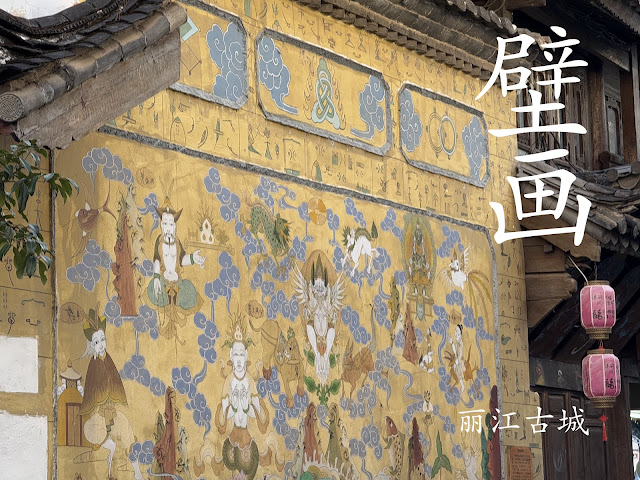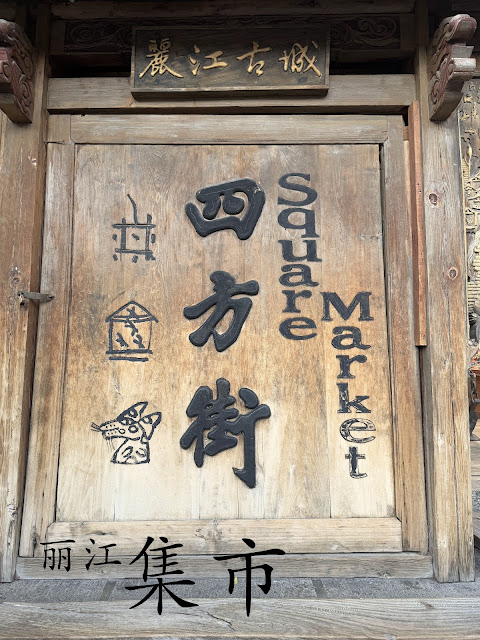Lijiang (Chinese: 丽江), formerly romanised as Likiang, is a prefecture-level city in the northwest of Yunnan Province, China. It has an area of 21,219 square kilometres (8,193 sq mi) and had a population of 1,253,878 at the 2020 census whom 288,787 lived in the built-up area (metro) made of Gucheng District. Lijiang is famous for its UNESCO Heritage Site, the Old Town of Lijiang, which contains a mixture of different historical architecture styles and a complex, ancient water-supply system and borders Liangshan Yi Autonomous Prefecture and Panzhihua City in Sichuan Province to the east. It has one municipality and four counties.
The town has a history going back more than 1,000 years and was once a confluence for trade along the "Old Tea Horse Caravan Trail". The Dayan Old town is famous for its orderly system of waterways and bridges, a system fast becoming but a memory as the underground water table drops, probably due to over-building in the suburban areas.
Lijiang City is located in Yungui Plateau and Qinghai-Tibet Plateau. It is one of the key forest areas in Yunnan Province and one of the west and east power transmission bases of China's hydropower industry. Lijiang City is a multi-ethnic settlement, except for the Han nationality, there are a total of 22 ethnic minorities.
Lijiang is the only prefecture-level city with three World Heritage Sites, rich in tourism resources, 104 tourist attractions, such as Lijiang Ancient City, Yulong Snow Mountain, Tiger Leaping Gorge, Laojun Mountain, and Shuhe Ancient Town.
丽江古城,位于云南省丽江市古城区,坐落在丽江坝子中,丽江古城狭义指大研古城,始建于宋末元初,丽江木氏先祖将统治中心由白沙古镇迁至狮子山,开始营造房屋城池,称“大叶场”。明代,土司制度的确立、巩固和完善,使得丽江古城进入其发展历史上的第一个辉煌时期。
Lijiang City is located in Yungui Plateau and Qinghai-Tibet Plateau. It is one of the key forest areas in Yunnan Province and one of the west and east power transmission bases of China's hydropower industry. Lijiang City is a multi-ethnic settlement, except for the Han nationality, there are a total of 22 ethnic minorities.
Lijiang is the only prefecture-level city with three World Heritage Sites, rich in tourism resources, 104 tourist attractions, such as Lijiang Ancient City, Yulong Snow Mountain, Tiger Leaping Gorge, Laojun Mountain, and Shuhe Ancient Town.
清朝,随着农业生产力的提高和手工业的发展,丽江古城逐步发展成为商业中心。民国以后,丽江古城的各地大小商号己达1200多家。2002年12月,国务院正式批准丽江撤地设市,丽江古城的行政区划归丽江市古城区。丽江古城从城市总体布局到工程、建筑融汉族、白族、彝族、藏族、纳西族等各民族精华,城中无规矩的道路网,无森严的城墙。大研古城内的街道依山傍水修建,以红色角砾岩铺就,有万古楼、木府、五凤楼、黑龙潭、文昌宫、方国瑜故居、普济寺、四方街、科贡坊、雪山书院等景点。








